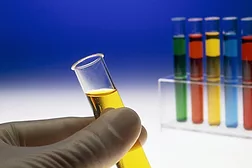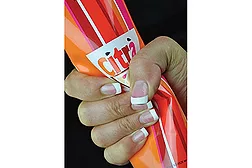Home » acrylics
Articles Tagged with ''acrylics''
Ask Dr. Dave: What is the best way to prepare aluminum surfaces for bonding with epoxy or acrylic adhesives?
Aluminum and its alloys can be bonded successfully with a range of adhesives.
May 1, 2015
Construction Tape Trends
New acrylic construction tapes outperform traditional rubber and asphaltic options.
May 1, 2015
Adhesives at Work: Innovative Label Adhesives Meet Today's Packaging Demands
Hot-melt adhesives and solvent-free acrylic adhesives offer solutions for food and beverage product labeling.
May 1, 2015
Ask Dr. Dave: What's a safe adhesive for bonding plastics?
It is not difficult to find an adhesive that is strong enough that the plastics break when tested.
March 2, 2015
Adhesives at Work: Stuck on Heat Sinks
The performance of a heat sink can be improved by using thermal adhesives.
February 2, 2015
Ask Dr. Dave: How can we ensure that our acrylic emulsion adhesive testing results will be predictive of the stability of all package sizes?
There is no reason that a 20-g sample should behave differently from a large sample.
January 5, 2015
Understanding Solvent Acrylic Pressure-Sensitive Adhesive Systems
Solvent acrylic pressure-sensitive adhesives provide multiple performance benefits when compared to other adhesives categories.
January 5, 2015
Editor's Memo: New Year, New Look for Adhesives & Sealants Industry
Happy New Year to everyone in the adhesives, sealants and coatings industries!
January 5, 2015
Keep the info flowing with our newsletters!
Get the latest industry updates tailored your way.
JOIN TODAY!Copyright ©2025. All Rights Reserved BNP Media.
Design, CMS, Hosting & Web Development :: ePublishing









